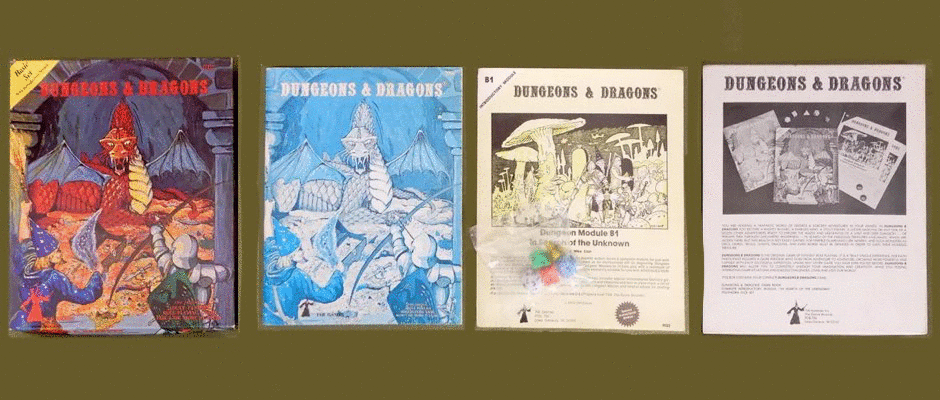Over the years, Las Vegas has slowly integrated technological changes/improvements to save money (vouchers instead of dumping quarters, no more plastic cups) or to get people with social anxiety to play (pop-o-matic craps, solo roulette machines). The one element I did ponder was why the dice used at the craps table still had “hard,” pointed, right-angled corners or edges. The pop-o-matic machines don’t, they have the same dice many board games come with today; rounded edged, high-impact, long-lasting dice. Whether anti-D&D people like it or not, D&D and its cousins played a major role in making these improvements. There’s an old D&D joke about the 20-sided die you used to receive with a basic set. With enough use (about a few months), the edges chipped off, it became very inaccurate and it stopped “rolling.” Hence, it was nicknamed the TSR Marble. TSR wasn’t alone. I recall seeing ads from different dice companies showing how their product held up over time, how the polygons were even (D&D dice use the Platonic solids), etc.
Now why would Las Vegas avoid such innovation?
I got a pit boss at Palace Station to answer the question.
- Short answer, to prevent cheating.
- Most casinos change out all five dice every eight hours, smaller venues every day. So hard or rounded corners don’t matter. Hard are probably cheaper.
- They prefer hard corners because it’s easier to detect tampering by the shooter.
- Lastly, for the roll to be valid, one die must always hit the wall since the material (this pit boss called it “the alligator wall”) prevents the shooter from controlling the outcome.
The Science behind this seems a little thin but I found it plausible. Besides, the people running the casinos don’t need to cheat, they have probability on their side.
